Home>Gardening & Outdoor>Landscaping Ideas>How To Plant Pampas Grass
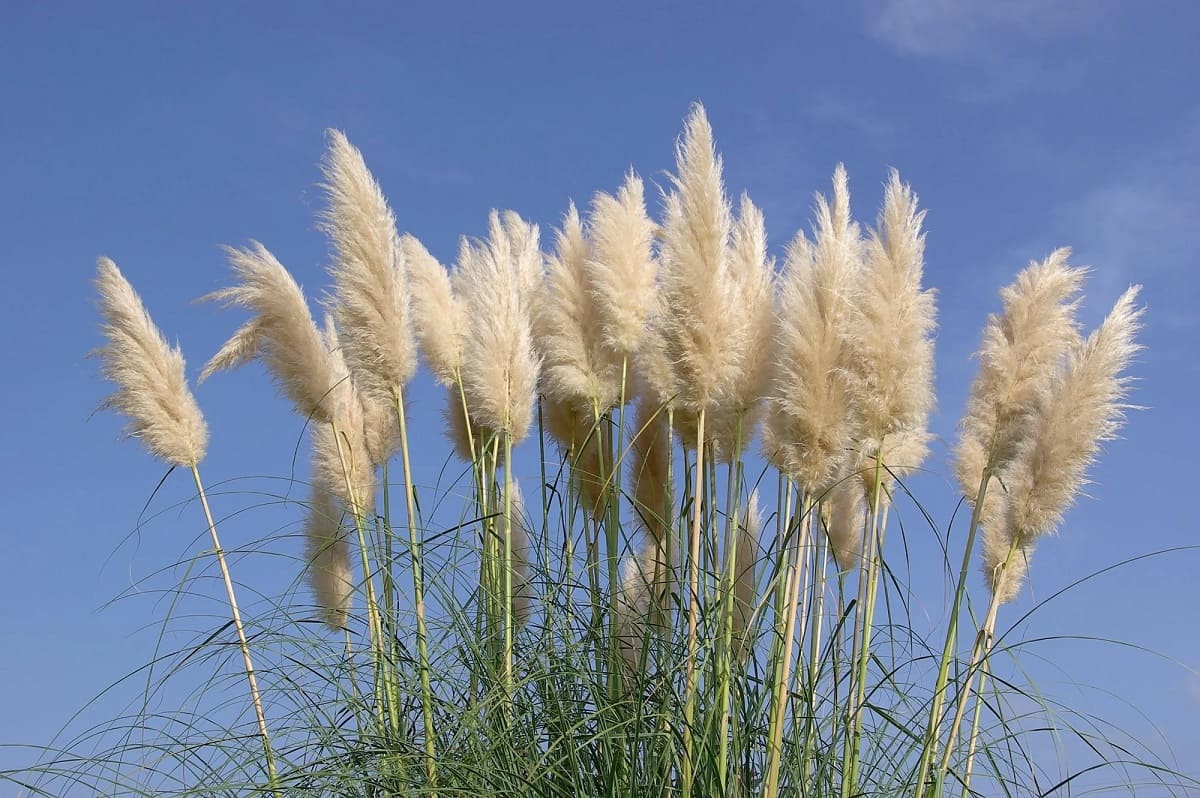

Landscaping Ideas
How To Plant Pampas Grass
Modified: March 29, 2024
Learn how to plant pampas grass in your garden with our expert landscaping ideas. Create a stunning outdoor space with our step-by-step guide.
(Many of the links in this article redirect to a specific reviewed product. Your purchase of these products through affiliate links helps to generate commission for Storables.com, at no extra cost. Learn more)
Introduction
Welcome to the world of landscaping, where the beauty of nature meets the artistry of design. If you’re looking to add a touch of elegance and tranquility to your outdoor space, planting pampas grass could be the perfect choice. Pampas grass, with its feathery plumes and graceful demeanor, can bring a sense of serenity and sophistication to any garden or landscape.
In this guide, we will explore the step-by-step process of planting pampas grass, from selecting the right location to maintenance tips for ensuring its lush growth. Whether you’re a seasoned gardener or just starting out, this article will equip you with the knowledge and confidence to cultivate this stunning ornamental grass successfully.
So, roll up your sleeves, grab your gardening tools, and let’s delve into the world of pampas grass planting!
Key Takeaways:
- Plant pampas grass in a sunny, spacious area with well-draining soil. Water and maintain it regularly for vibrant, elegant growth in your outdoor space.
- Prune and divide pampas grass in late winter or early spring to maintain its health and beauty. Embrace the art of landscaping and enjoy the timeless allure of this ornamental grass.
Read more: When To Plant Pampas Grass
Selecting the Right Location
Before diving into the planting process, it’s crucial to carefully consider the location for your pampas grass. This ornamental grass thrives in areas with full sun exposure, so choose a spot in your garden that receives ample sunlight throughout the day. Additionally, pampas grass can reach impressive heights of up to ten feet, so it’s essential to select a location that allows for its vertical growth without overshadowing other plants or structures.
When selecting the right spot, keep in mind that pampas grass can spread vigorously over time. Therefore, it’s advisable to plant it in an area with sufficient space for its expansive growth. Whether you’re planting a single specimen or a group of pampas grass plants, ensure that there’s ample room for the grass to flourish without overcrowding neighboring plants.
Furthermore, consider the soil drainage in the chosen location. Pampas grass prefers well-draining soil to prevent waterlogging, which can lead to root rot. If the soil in your selected area has poor drainage, you may need to amend it with organic matter or consider planting pampas grass in raised beds to promote better water drainage.
By carefully assessing these factors and selecting an ideal location, you can set the stage for your pampas grass to thrive and enhance the beauty of your outdoor space.
Preparing the Soil
Creating the optimal soil conditions is paramount to the successful growth of pampas grass. Before planting, it’s essential to prepare the soil to provide a nutrient-rich and well-aerated environment for the grass to establish its roots and thrive.
Start by testing the soil in the chosen planting area. A simple soil test can provide valuable insights into its pH levels and nutrient composition. Pampas grass thrives in slightly acidic to neutral soil with a pH range of 6.0 to 7.5. If the soil pH is outside this range, amendments such as sulfur or lime can be added to adjust the pH accordingly.
Next, loosen the soil to a depth of at least 12 inches. This will promote better aeration and root penetration, crucial for the development of healthy pampas grass plants. Incorporating organic matter such as compost or well-rotted manure into the soil can also improve its structure and fertility, providing essential nutrients for the grass to flourish.
When preparing the soil, consider the drainage characteristics of the area. If the soil has poor drainage, creating raised beds or mounds can help prevent waterlogging and promote healthier growth for pampas grass. Additionally, adding a layer of coarse sand or perlite to the soil can enhance drainage, especially in heavy clay soils.
By taking the time to prepare the soil thoughtfully, you can create an optimal growing environment for pampas grass, setting the stage for lush, vibrant foliage and stunning plumes that sway gracefully in the breeze.
Planting Pampas Grass
Now that you’ve selected the perfect location and prepared the soil, it’s time to embark on the exciting process of planting pampas grass. Whether you’re starting with potted specimens or planting from seeds, the following steps will guide you through the planting process, ensuring the best possible start for your pampas grass.
Planting from Potted Specimens:
Begin by digging a hole that is twice as wide and just as deep as the root ball of the potted pampas grass. Gently remove the plant from the pot, being mindful of the roots, and place it in the center of the hole. Backfill the hole with the excavated soil, gently tamping it down as you go to remove air pockets.
Water the newly planted pampas grass thoroughly to settle the soil and provide essential moisture for its initial growth. Adding a layer of mulch around the base of the plant can help retain soil moisture and suppress weed growth, contributing to the overall health of the grass.
Read more: Pampas Grass: When To Plant
Planting from Seeds:
If you’re planting pampas grass from seeds, start by preparing a seedbed with well-draining soil. Sow the seeds at a depth of approximately 1/4 inch, and lightly cover them with soil. Keep the seedbed consistently moist, and germination should occur within 2-3 weeks, depending on the environmental conditions.
Once the seedlings have developed several sets of true leaves, they can be transplanted to their permanent location, following the same guidelines for planting from potted specimens.
Regardless of the planting method, spacing the pampas grass plants according to their mature width is essential to prevent overcrowding and ensure adequate airflow around the foliage.
By following these planting guidelines, you can establish healthy, robust pampas grass plants that will soon grace your landscape with their elegant presence and ethereal plumes.
Watering and Maintenance
Proper watering and maintenance practices are crucial for nurturing thriving pampas grass and ensuring its long-term health and beauty. Understanding the watering needs and essential maintenance tasks will empower you to cultivate vibrant, flourishing pampas grass plants within your landscape.
Watering:
During the initial establishment phase, it’s important to keep the soil consistently moist to support the development of the pampas grass roots. Once established, pampas grass is relatively drought-tolerant, but regular watering during dry spells can promote healthier growth and fuller plumes. Water deeply, allowing the soil to dry out slightly between waterings to prevent waterlogged conditions that can lead to root rot.
Maintenance:
Regular maintenance tasks play a pivotal role in the overall health and appearance of pampas grass. Here are essential maintenance practices to keep your pampas grass in optimal condition:
- Pruning: In late winter or early spring, prune the previous year’s growth to a height of 12-18 inches above the ground. Use sharp, clean pruning shears to remove the dead foliage and promote new growth. Be cautious of the sharp edges of the grass blades and wear protective gloves during pruning.
- Fertilization: Apply a balanced, slow-release fertilizer in spring to provide essential nutrients for healthy growth. Avoid over-fertilization, as excessive nitrogen can lead to lush foliage but reduced plume production.
- Weed Control: Regularly inspect the area around the pampas grass for weeds and remove them promptly to prevent competition for nutrients and moisture.
- Division: Every few years, consider dividing mature clumps of pampas grass to rejuvenate the plants and prevent overcrowding. Use a sharp spade to divide the clump into smaller sections, ensuring each division has healthy roots and foliage for successful establishment.
By adhering to these watering and maintenance practices, you can foster robust, luxuriant pampas grass that adds a touch of elegance and allure to your outdoor landscape, season after season.
Read more: What Are Pampas Grass
Pruning and Division
Pruning and division are essential practices for maintaining the health, aesthetics, and vigor of pampas grass. By understanding the principles of proper pruning and the benefits of division, you can ensure that your pampas grass remains a captivating focal point in your landscape for years to come.
Pruning:
Pruning plays a vital role in rejuvenating pampas grass and promoting vigorous regrowth. The ideal time for pruning pampas grass is in late winter or early spring before new growth emerges. Here’s how to prune pampas grass effectively:
- Protective Gear: Before pruning, don protective clothing, including long sleeves, gloves, and eye protection, as the sharp leaf edges can cause skin irritation.
- Cutting Back: Use sharp, clean pruning shears or hedge trimmers to cut back the previous year’s growth to a height of 12-18 inches above the ground. Remove any dead or damaged foliage, cutting at an angle to mimic the natural taper of the grass blades.
- Disposal: Dispose of the pruned foliage responsibly, as the sharp leaf edges can pose a hazard. Consider bundling the cut foliage for composting or disposal in accordance with local regulations.
Division:
Division is a rejuvenation technique that helps manage the size of pampas grass clumps and prevent overcrowding. It also provides an opportunity to propagate new plants. Here’s how to divide pampas grass effectively:
- Timing: Division is best performed in late winter or early spring when the grass is still dormant but poised for new growth.
- Preparation: Water the pampas grass thoroughly a day or two before division to ensure the roots are well-hydrated and the soil is easier to work with.
- Division Process: Use a sharp spade or garden fork to carefully divide the clump, ensuring that each division has a healthy root system and a good portion of foliage. Replant the divisions at the same depth as the original plant, spacing them adequately to accommodate their mature size.
- Aftercare: Water the newly divided plants thoroughly and provide regular moisture as they establish in their new locations. Monitor their growth and adjust watering as needed to promote healthy development.
By incorporating regular pruning and division into your pampas grass care routine, you can maintain the vitality and allure of this ornamental grass, ensuring that it continues to enrich your landscape with its graceful presence.
Conclusion
Congratulations on embarking on the journey of planting and caring for pampas grass! By immersing yourself in the art of cultivating this elegant ornamental grass, you’ve added a touch of timeless beauty and tranquility to your outdoor space. As you reflect on the insights shared in this guide, remember that the key to successful pampas grass cultivation lies in thoughtful planning, attentive care, and a deep appreciation for the natural splendor it brings to your landscape.
From selecting the perfect location that offers ample sunlight and ample space for growth to preparing nutrient-rich, well-draining soil, each step in the planting process sets the stage for the flourishing of your pampas grass. As you witness the feathery plumes swaying gracefully in the breeze, you’ll find joy in knowing that your efforts have contributed to the creation of a captivating outdoor sanctuary.
As your pampas grass matures, remember the importance of watering it diligently during the establishment phase and providing essential maintenance, including proper pruning, fertilization, and division. These practices are the pillars of nurturing robust, vibrant pampas grass that stands as a testament to nature’s enduring allure.
In the ebb and flow of the seasons, as you witness the cycle of growth, bloom, and renewal, may your pampas grass serve as a source of inspiration and serenity. Whether it’s the gentle rustle of the plumes or the way they catch the golden light at dusk, let the presence of pampas grass remind you of the enduring beauty woven into the fabric of the natural world.
As you continue your journey as a steward of the land, may the timeless allure of pampas grass inspire you to embrace the artistry of landscaping and the profound connection between the elements of earth, water, and sunlight. With each passing season, may your pampas grass stand as a testament to the harmonious coexistence of nature and design, enriching your outdoor haven with its grace and elegance.
So, as you tend to your garden, nurturing the pampas grass that has found its home within it, may you find solace in the simple yet profound joy of cultivating a living masterpiece—one that transcends time and space, and speaks to the enduring beauty of the natural world.
Frequently Asked Questions about How To Plant Pampas Grass
Was this page helpful?
At Storables.com, we guarantee accurate and reliable information. Our content, validated by Expert Board Contributors, is crafted following stringent Editorial Policies. We're committed to providing you with well-researched, expert-backed insights for all your informational needs.
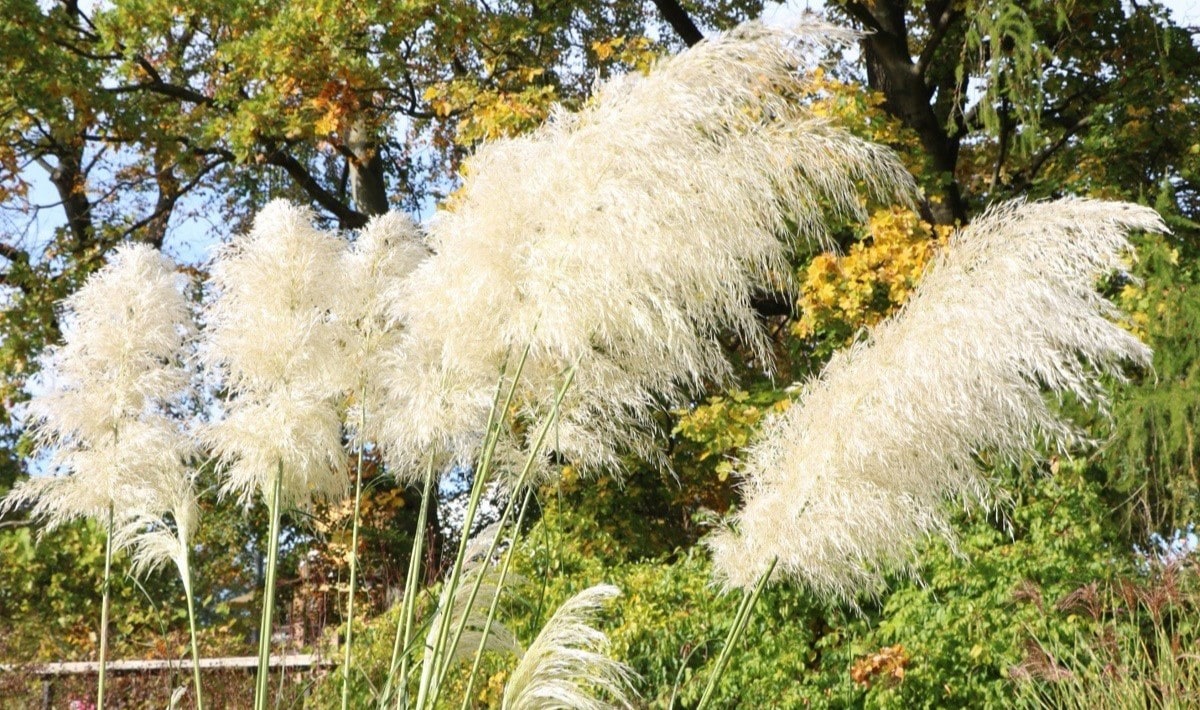



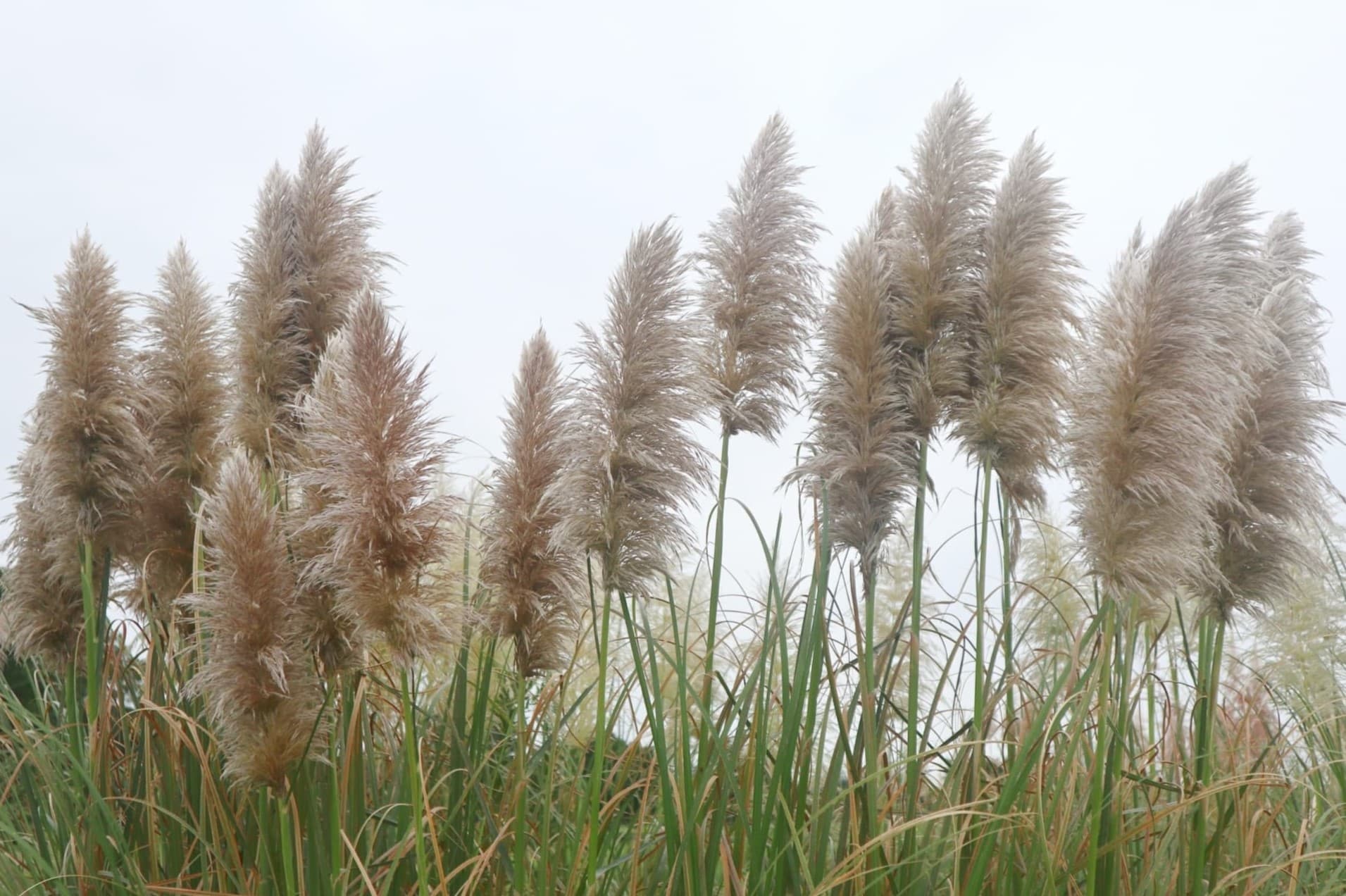

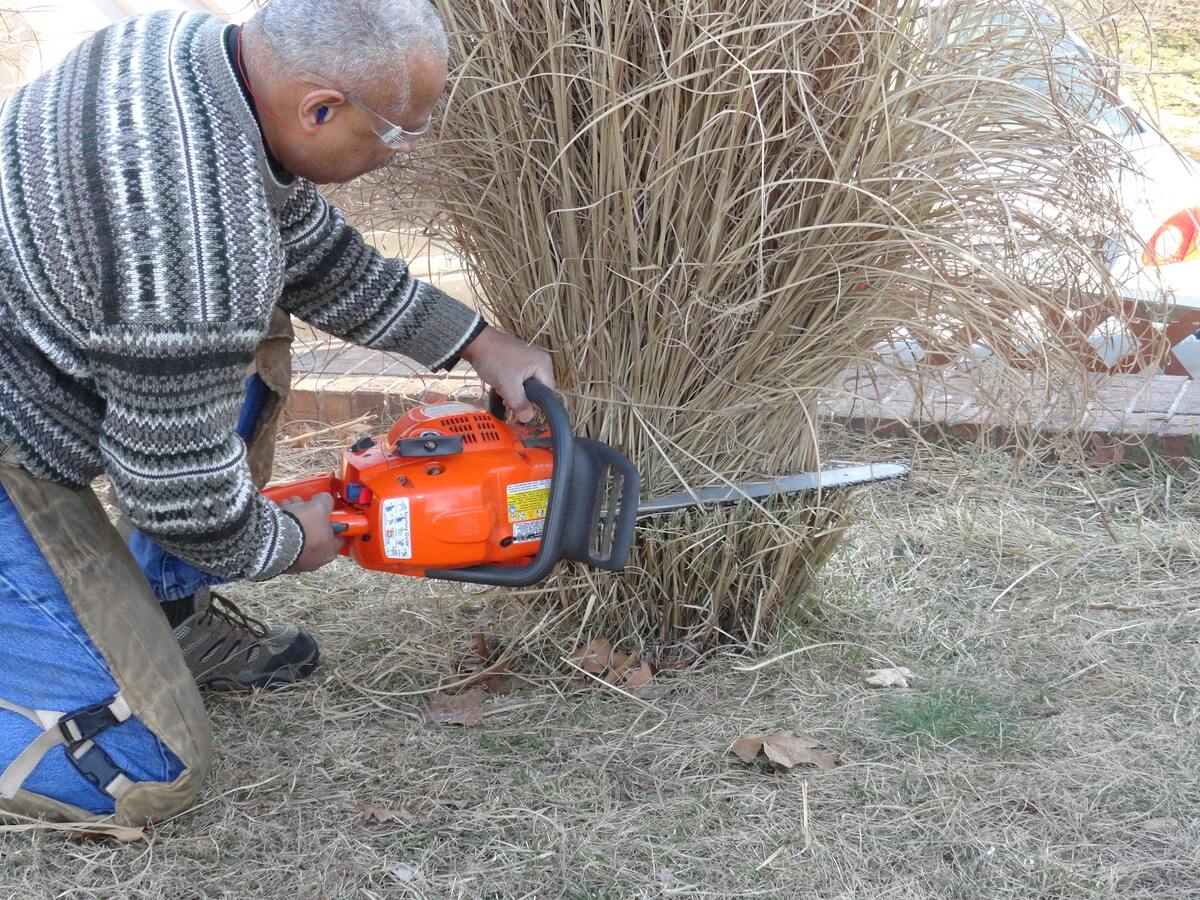

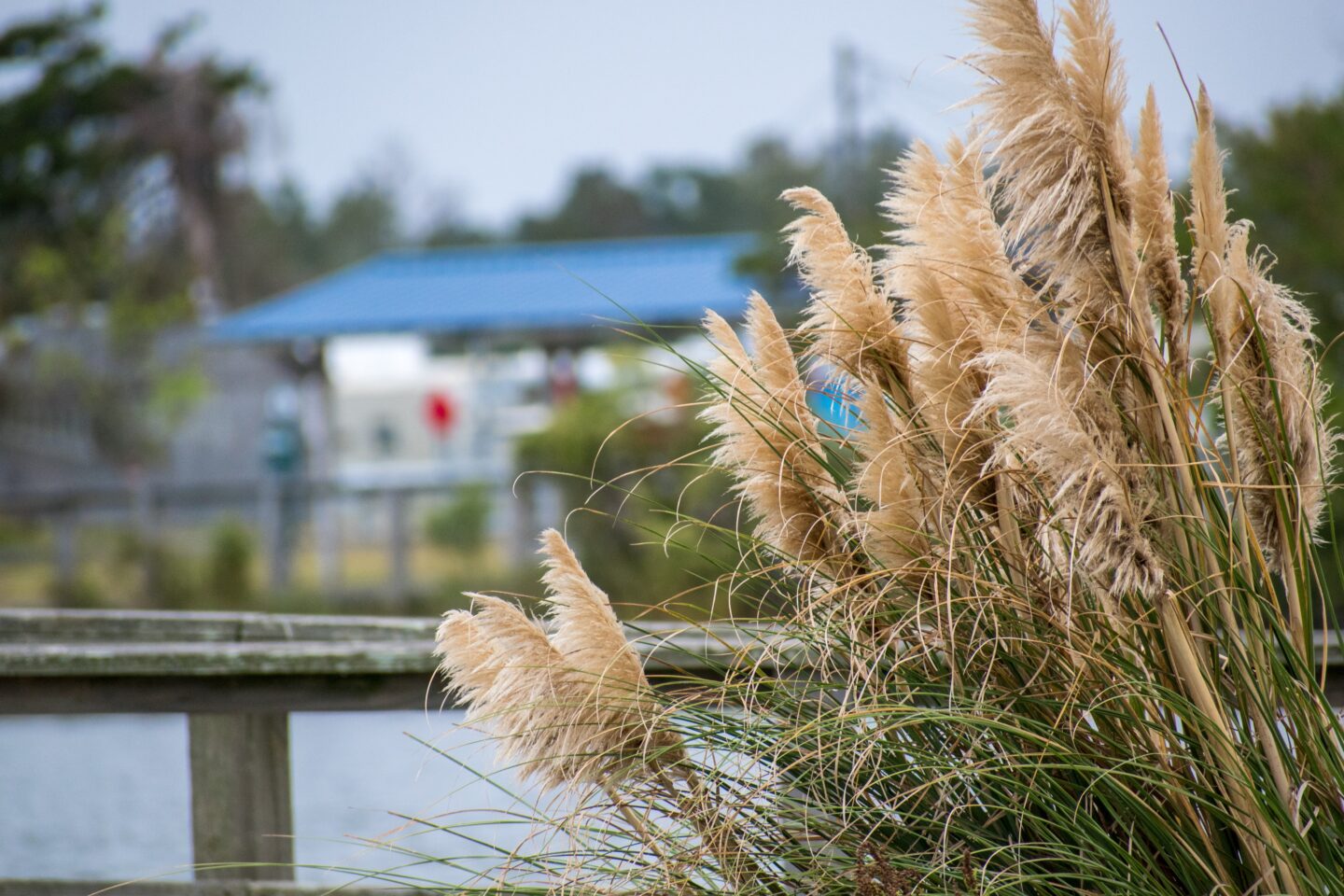

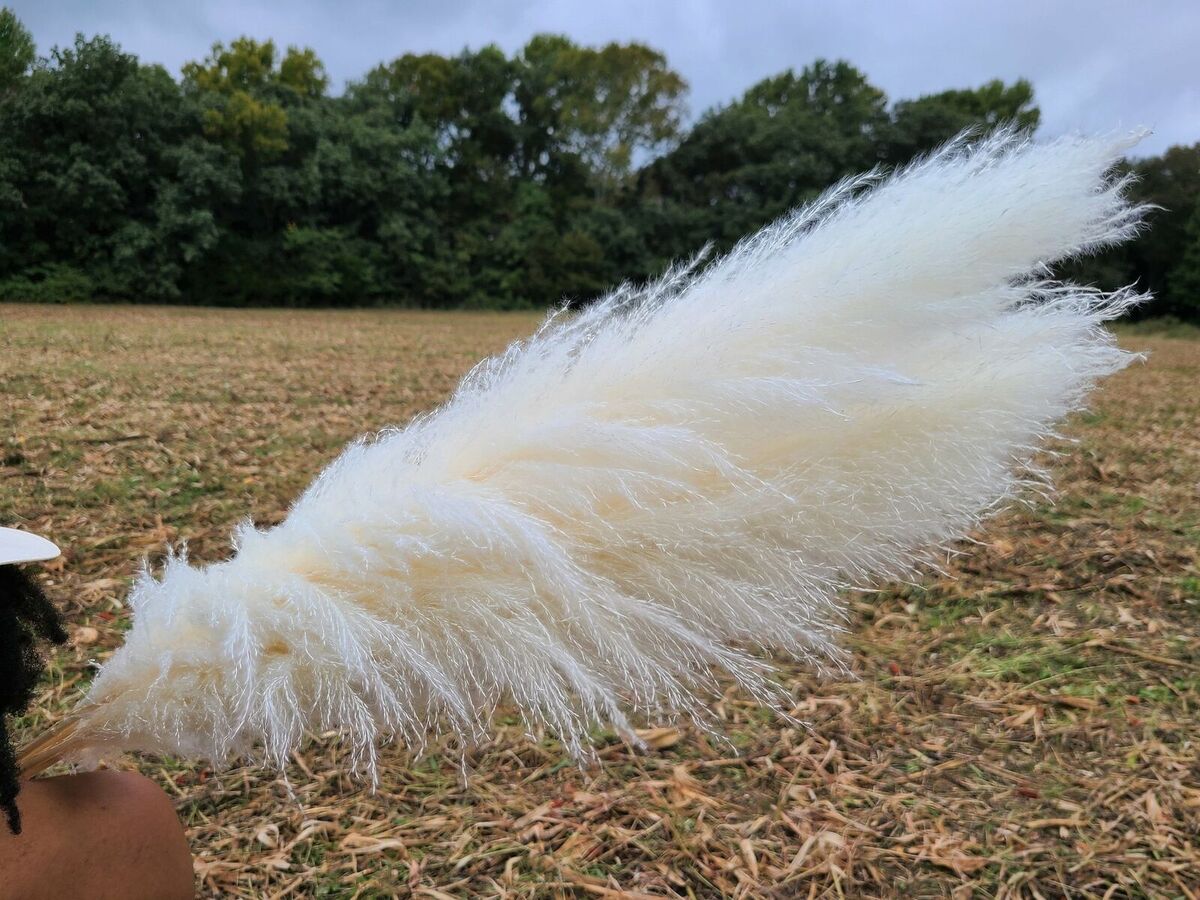
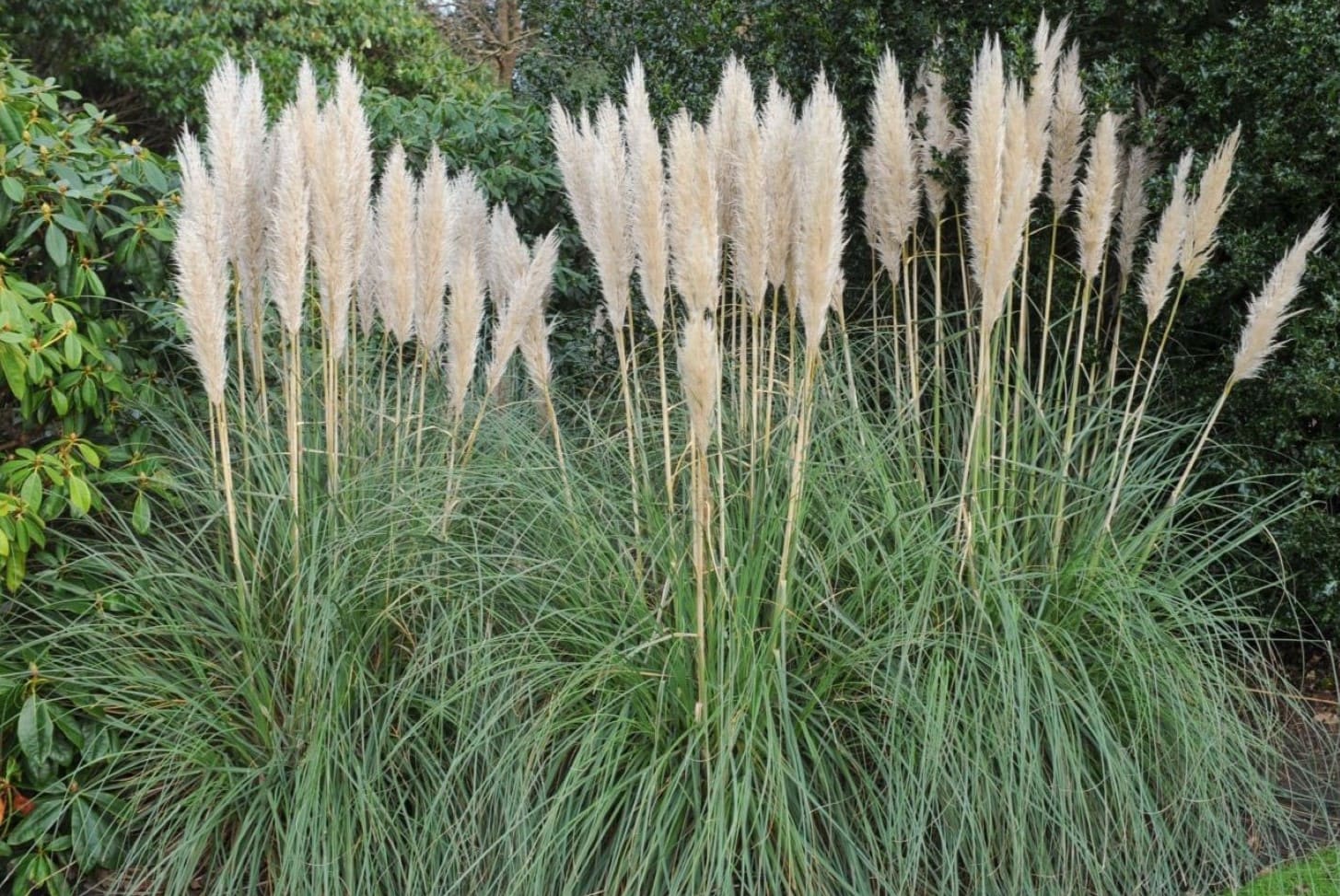
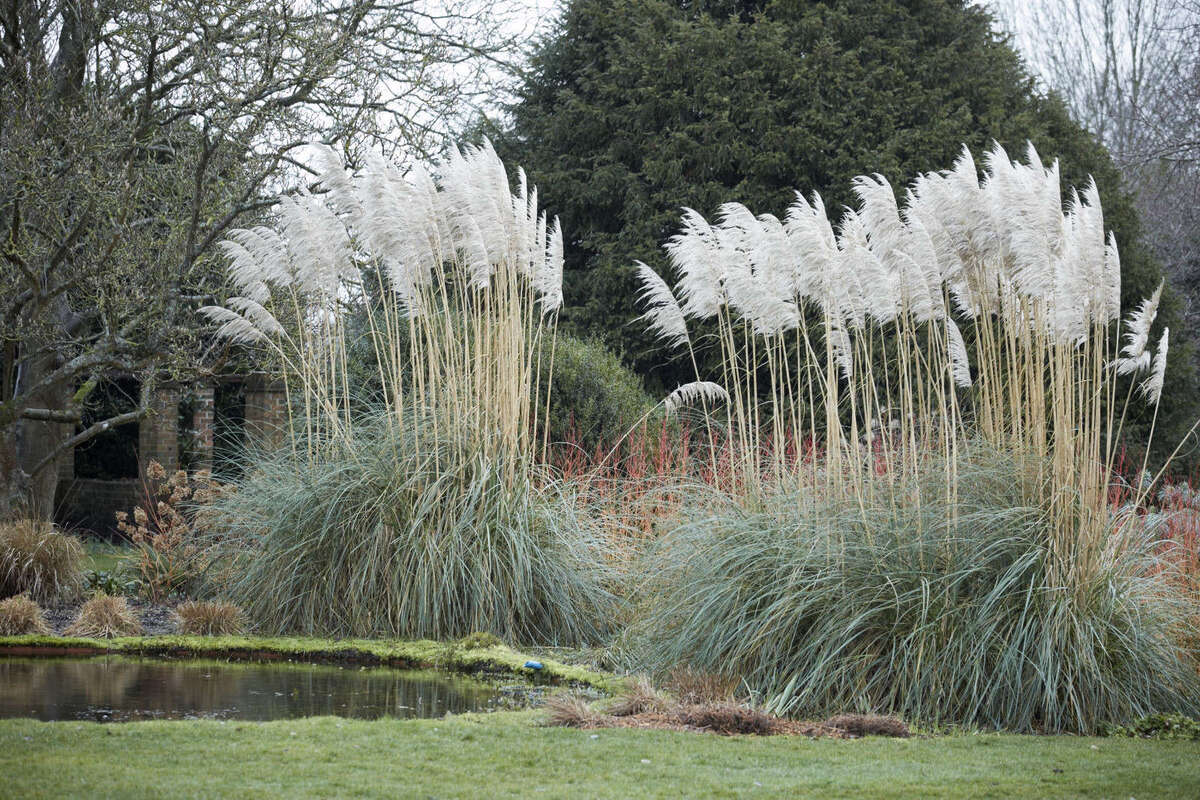

0 thoughts on “How To Plant Pampas Grass”